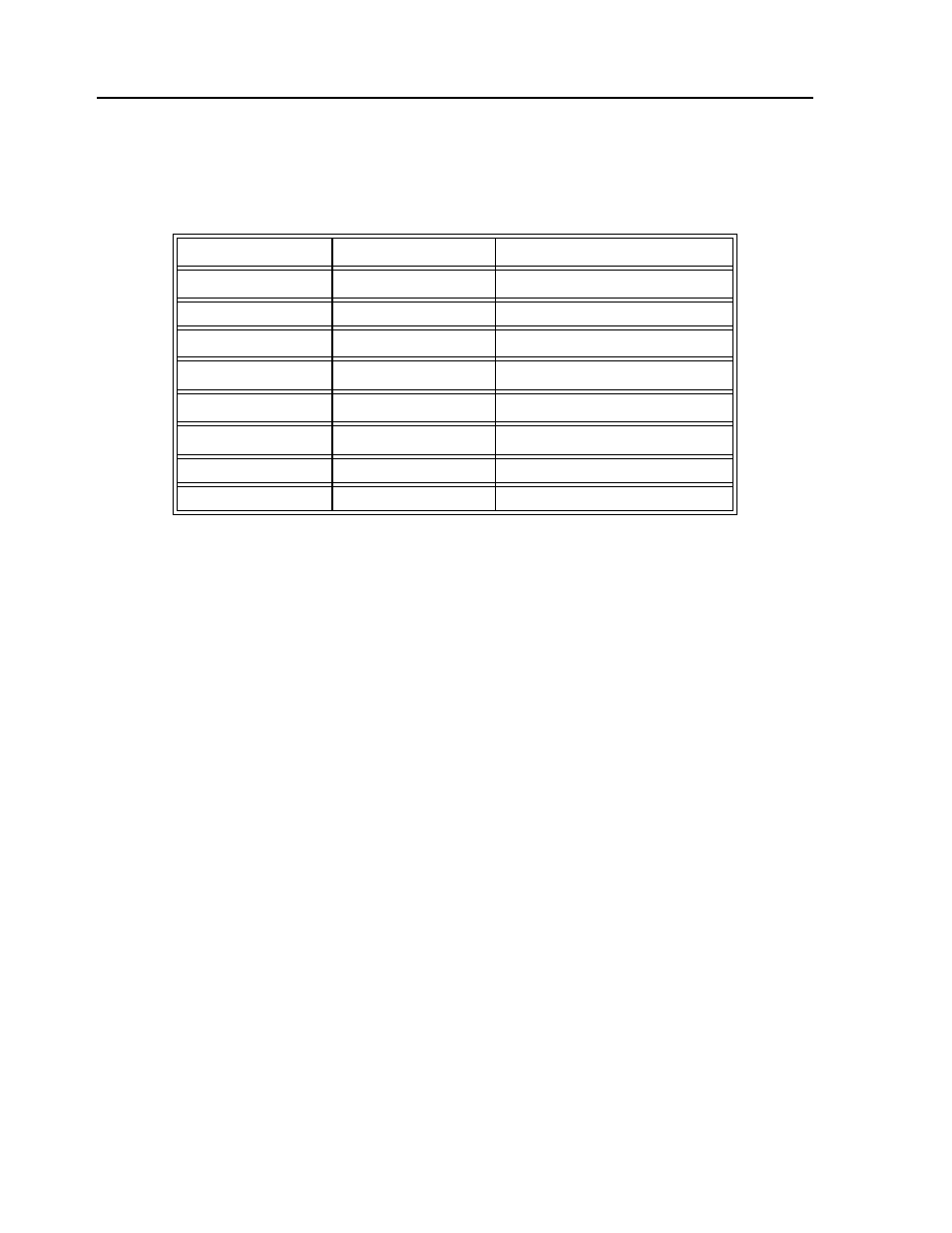System analysis – Yaskawa SMC–4000 User Manual
Page 34

24
SMC–4000 User Manual
System Analysis
To analyze the system, we start with a block diagram model of the system elements. The analysis
procedure is illustrated in terms of the following example.
Consider a position control system with the SMC–4000 controller and the following parameters:
The transfer function of the system elements are:
Motor:
M(s) = P/I = Kt/Js2 = 500/s
2
[rad/A]
Amp:
K
a
= 4 [Amp/V]
DAC:
K
d
= 0.0012 [V/count]
Encoder:
K
f
= 4N/2
π = 318 [count/rad]
ZOH:
2000/(s+2000)
Digital Filter:
KP = 12.5, KD = 245, T = 0.001
Therefore,:
D(z) = 12.5 + 245 (1-z-1)
Accordingly, the coefficients of the continuous filter are:
P = 12.5
D = 0.245
The filter equation may be written in the continuous equivalent form:
G(s) = 12.5 + 0.245s = 0.245(s+51)
K
t
= 0.1
Nm/A
Torque constant
J = 2.10
-4
kg.m
2
System moment of inertia
R = 2
W
Motor resistance
K
a
= 4
Amp/Volt
Current amplifier gain
KP = 12.5
Digital filter gain
KD = 245
Digital filter zero
KI = 0
No integrator
N = 500
Counts/rev
Encoder line density
T = 1
ms
Sample period